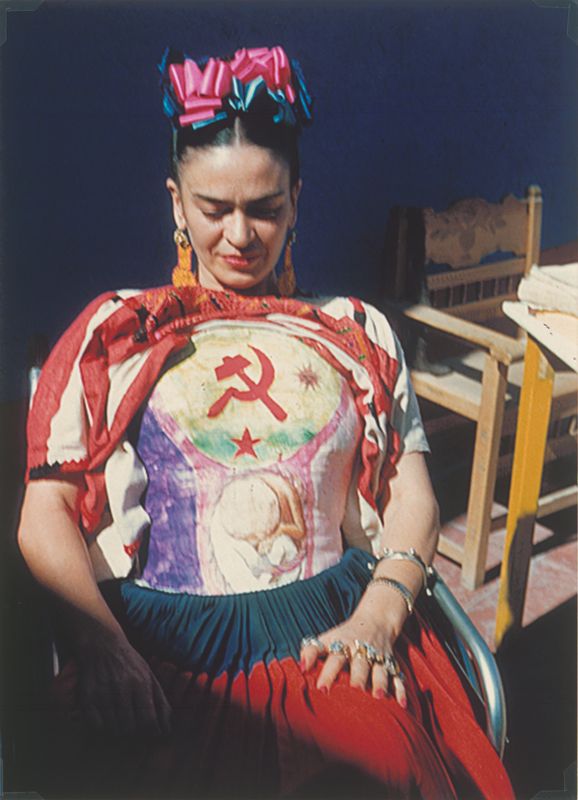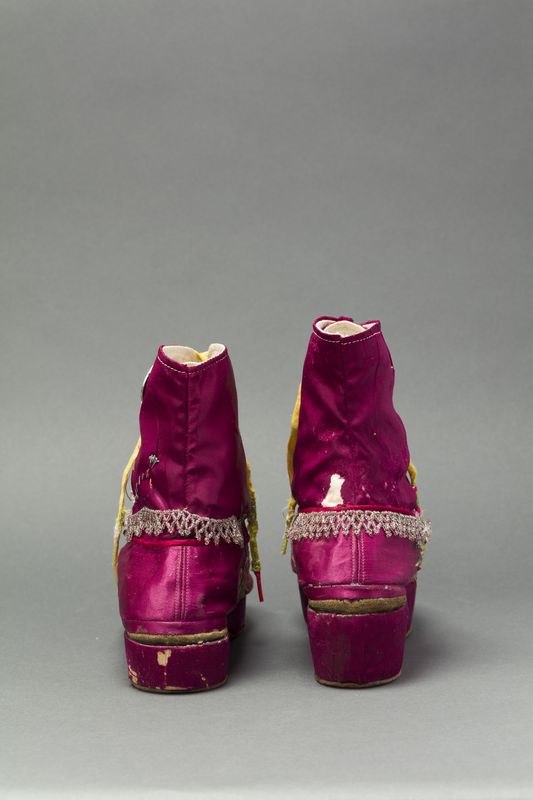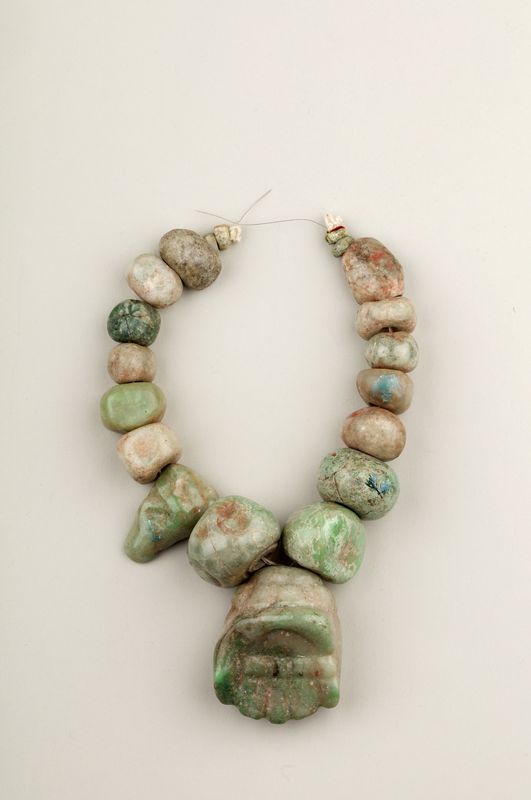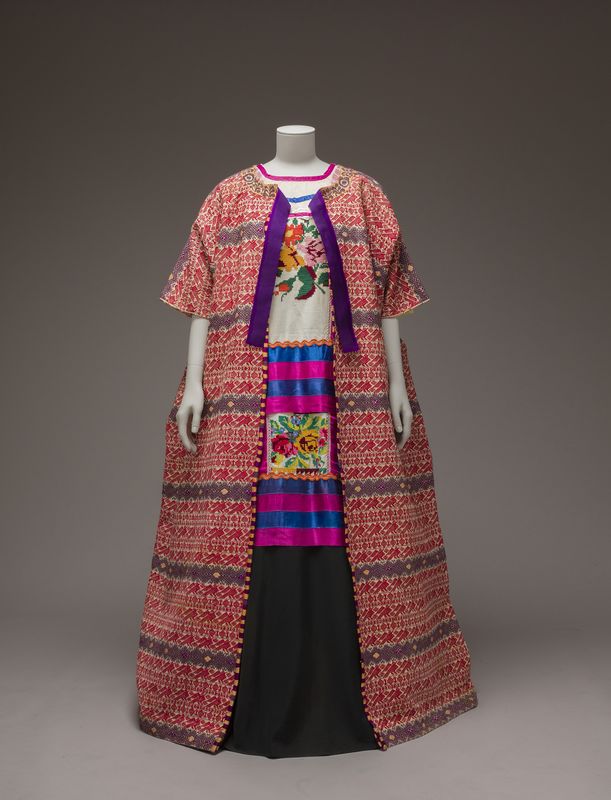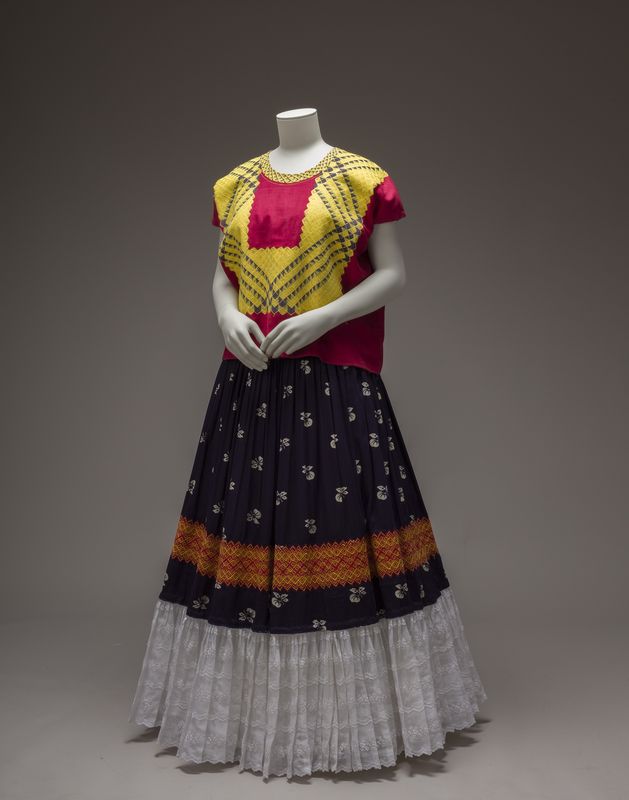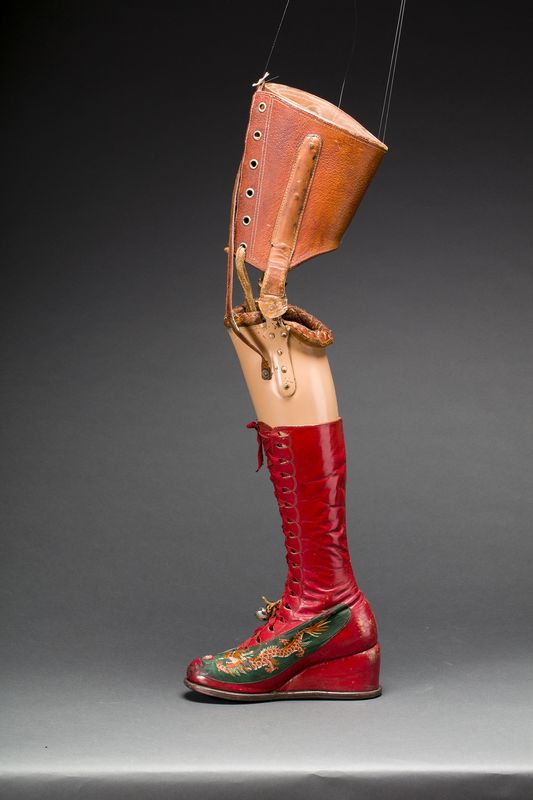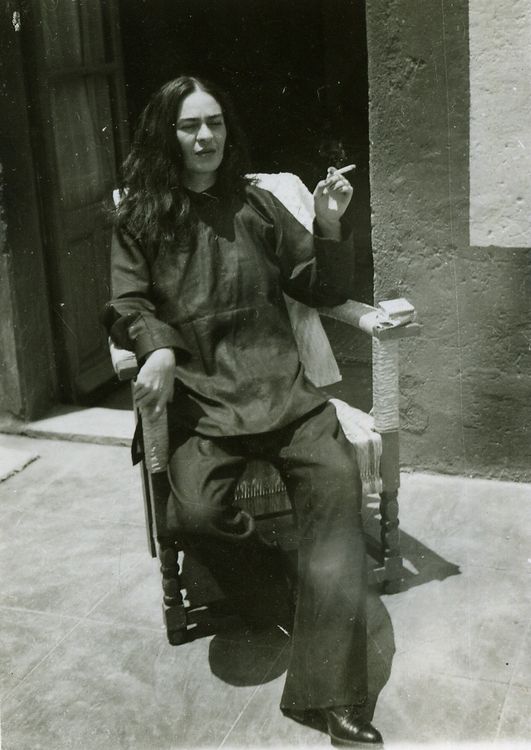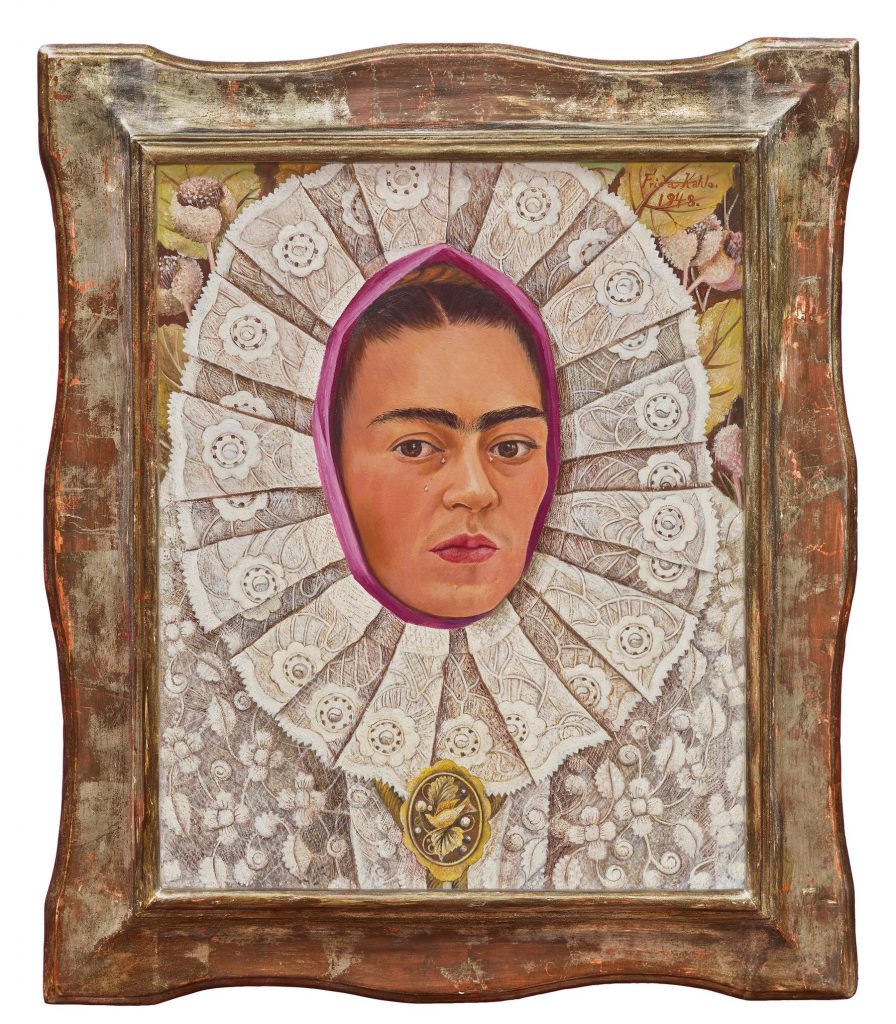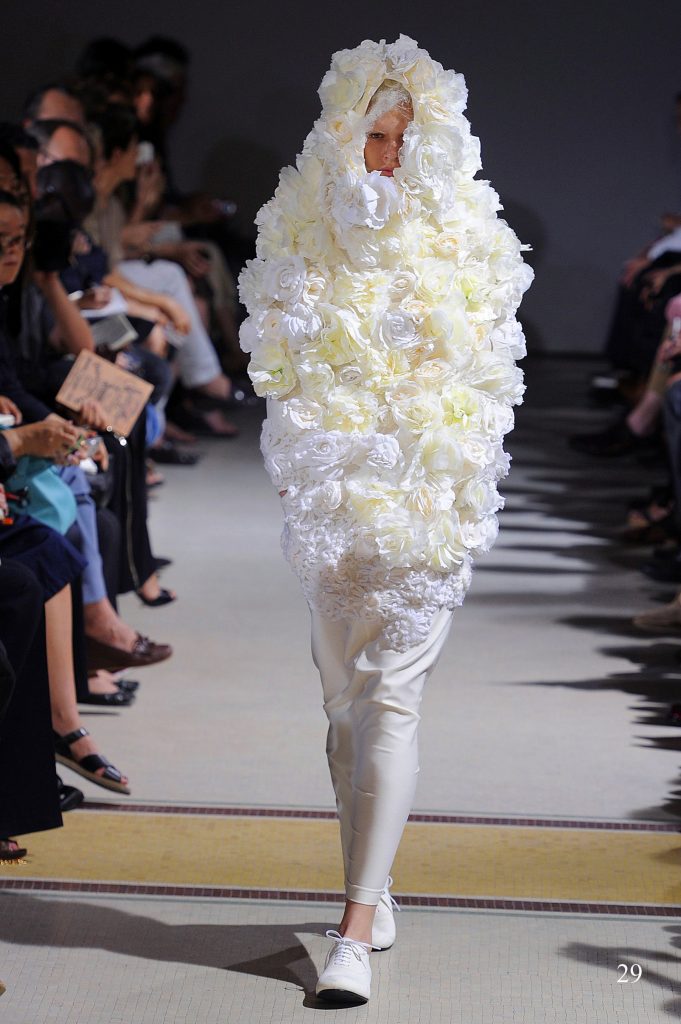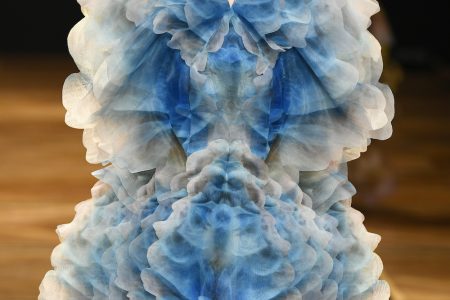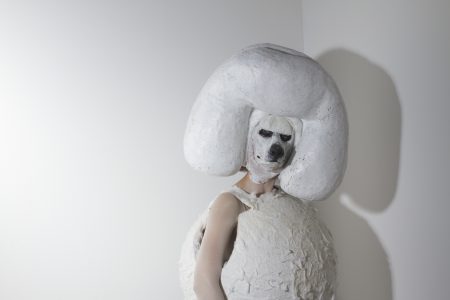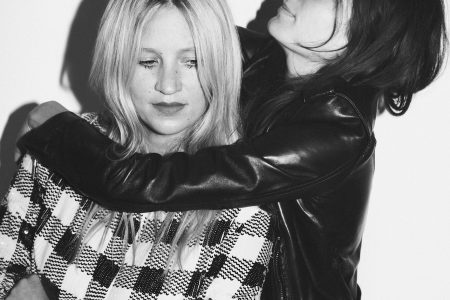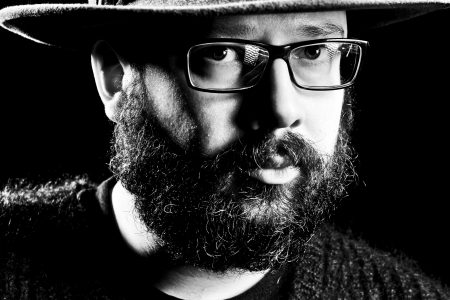Frida Kahlo: Beyond Appearances
The Palais Galliera in Paris celebrates Frida Kahlo this fall with an exhibition that focuses on the influential artist from a more intimate viewpoint, looking at the way she constructed her identity and how she presented and represented herself both in life and in her work.
The Palais Galliera in Paris celebrates Frida Kahlo this fall with an exhibition that focuses on the influential artist from a more intimate viewpoint, looking at the way she constructed her identity and how she presented and represented herself both in life and in her work.
Working in collaboration with Casa Azul, the house where Kahlo grew up in Mexico City, the exhibition “Beyond Appearances” includes nearly 200 pieces ranging from clothing to drawings, personal objects and artworks. The objects open a window into Kahlo’s creative universe; her passion for traditional clothing, indigenous artefacts, Mexican retablos, pre-Columbian jewellery as well her love of film and photography. Kahlo is revered not only for her painting, but also for her style, her strength, her tumultuous relationships and intimate connections with other artists of her time. Casa Azul, when she lived with Diego Rivera and not, was the centre for artistic life in Mexico, welcoming Mexican and international writers, thinkers, artists including Leon Trotsky, Tina Modotti, Edward Weston and Andre Breton, among many others. Though her life was short, it was well-lived, layered, full of beauty and tragedy. When she died in 1954, Diego Rivera placed the objects from her home under seal, and they were not discovered until 2004, a shocking revelation that reveals much about their fraught relationship and her unimaginable strength at having succeeded despite the odds.
The exhibition is divided into seven themes that look at the arc of this influential and deeply creative person. The first begins with her family – her mother, who was from Oaxaca and passed onto Kahlo a love of traditional Mexican dress and aesthetics, instilling in Kahlo a sense of mexicanidad, that would expand and flourish throughout her life, and her father, a German emigrant and photographer who taught her about staging and self-portraiture – something that would unintentionally become her signature in painting. The exhibition moves through her time with Rivera, the Casa Azul and its influence on the thriving Mexican cultural scene in the 30s and 40s, to her time in the United States, when she began to emerge as an artist of her own, independent of Rivera, underlined by an exhibition in 1938 at Julien Levy Gallery in New York. It looks at her time in Paris, and her experiences with Duchamp, Mary Reynolds, Dora Maar and others, as her work continued to evolve and gain recognition. There is a section that is devoted to her disability and creativity – an important focus to highlight how formative her physical fragility and suffering were in her work. While in deep pain, she managed to find beauty and joy, painting on her tight corsets or prosthetic limbs, transmitting emotion in painting like no other artist of her time, through traditional dress, hairstyles and jewellery. The exhibition concludes by looking at Kahlo’s long-lasting influence on contemporary fashion – showing pieces by Jean Paul Gaultier, Yohji Yamamoto, Rei Kawakubo and Alexander McQueen, among others.
Kahlo’s importance as an artist and individual cannot be understated. Transforming loss and illness into a creative universe like no other, her distinctive style, powerful identity, her pride and talent despite constant suffering and jealousy by Rivera and others, it’s no wonder that she is revered as a symbol of strength and is a source of inspiration both artistically and personally.
“Beyond Appearances” was first presented in Mexico (2012-2014) and then at the V&A Museum in London (2018) before arriving in Paris. It will be on view through March 5, 2023.
@palais_galliera
